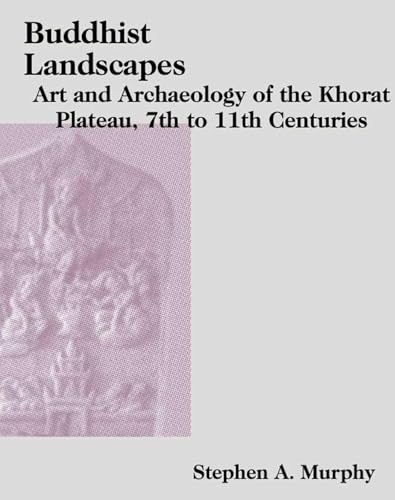via PhysOrg, 10 October 2018: A new Open Access paper in PLOS One indicates that the ‘brief’ 10th century Khmer capital of Koh Ker may not have been so brief after all.

The classic account of the ancient city of Koh Ker is one of a briefly-occupied and abruptly-abandoned region, but in reality, the area may have been occupied for several centuries beyond what is traditionally acknowledged, according to a study published October 10, 2018 in the open-access journal PLOS ONE by Tegan Hall of the University of Sydney, Australia and colleagues.
Koh Ker was part of the Khmer kingdom during the Angkor period in what is now Cambodia. For a mere two decades in the tenth century CE, the city served as royal capital, and it has long been proposed that after the royal seat moved back to Angkor, the city and its surroundings were abandoned. In this study, Hall and colleagues tested this theory by analyzing charcoal and pollen remains in sediment cores spanning several centuries in three Koh Ker localities, including the moat of the main central temple. From these data, they inferred a long history of fluctuations in fire regimes and vegetation which are highly indicative of patterns of human occupation and land use over time.
Source: City of Koh Ker was occupied for centuries longer than previously thought
























